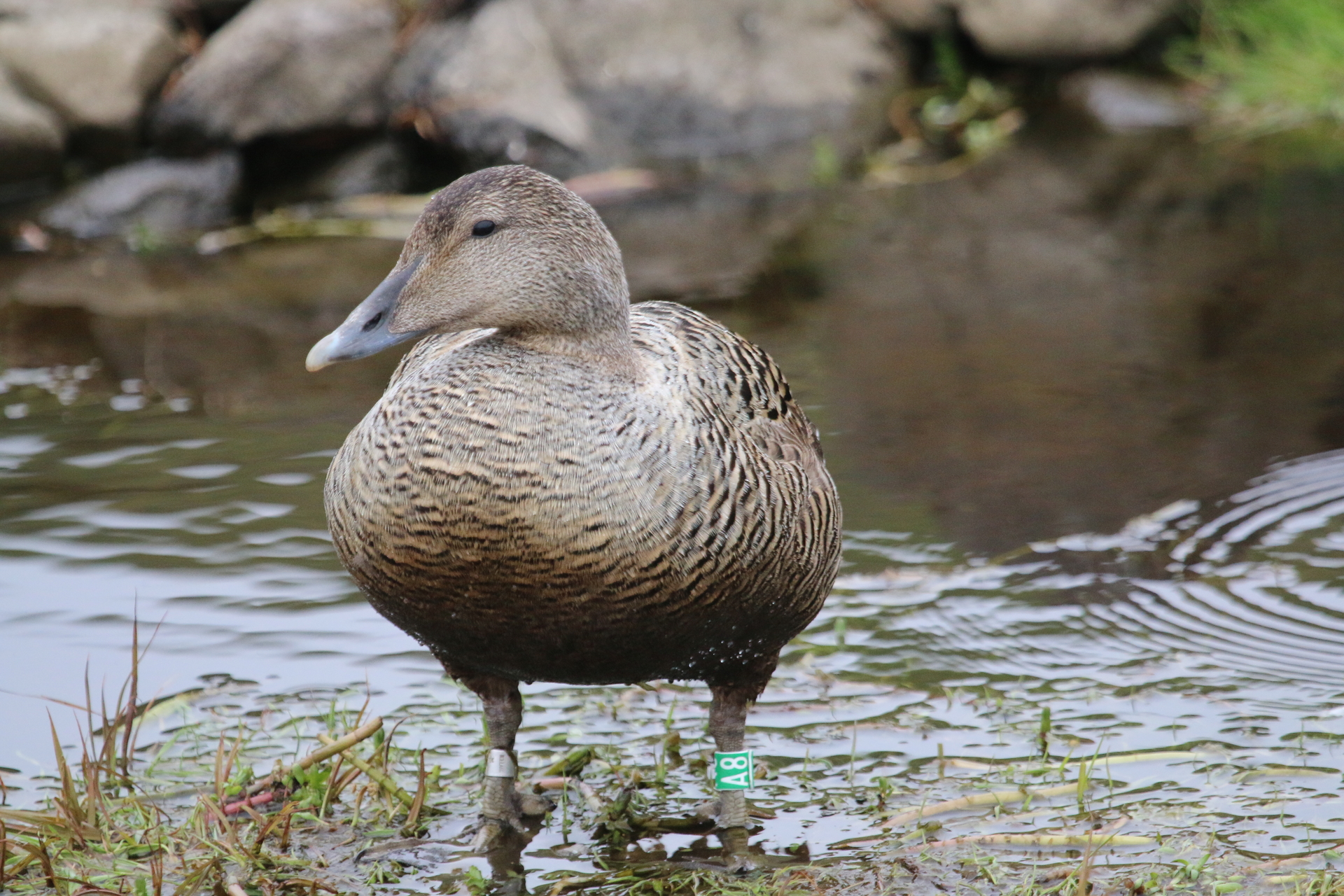Since February 2007, the UI Research Centre in Snæfellsnes has been studying the population ecology of the eider duck: the impact of climate change and habitat quality on population changes and the stability of farming. The study was originally funded by the Icelandic Centre for Research (RANNÍS), the Agricultural Productivity Fund and the Eider Farming Association of Iceland 2007-2009. It is currently managed by the director of the Research Centre as part of our regular research work.
The original proposal was to investigate the relationship between climate change and eider duck population size, as well as population changes with regard to varying habitat quality. The project is based on gathering data on the number of nests in eider duck nesting sites across all of Iceland.
Many eider duck farmers have kept records over the years of this data, which show a lot of variation in the number of nesting females from year to year. Around 40 eider duck farmers first took part in the years 2007-2009 and several other nesting grounds were added in 2016.
We try to regularly update the datasets to monitor changes in population size and connect these to changes in the ocean or the population sizes of predators such as mink and Arctic foxes.



